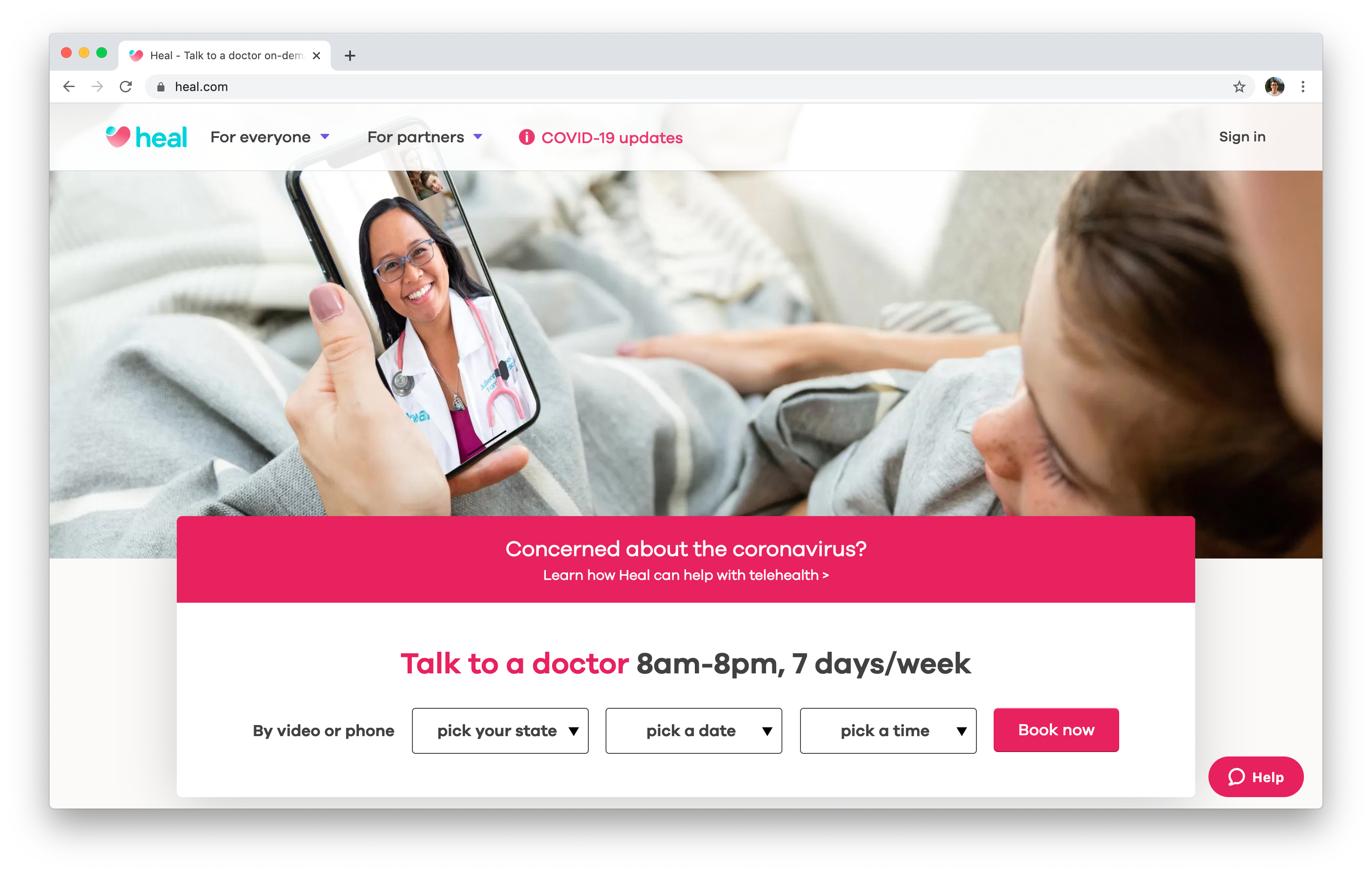Unlocking the Keys of Subscription Based Healthcare for Better Patient Outcomes
Wiki Article
Comprehending the Cost-Effectiveness of Subscription-Based Medical Care Models
As the healthcare landscape evolves, subscription-based versions become a compelling choice, guaranteeing to redefine how people manage clinical expenditures. Evaluating these versions' cost-effectiveness demands a nuanced comparison with typical insurance policy, considering both financial effects and person fulfillment. While they provide transparency and predictability in expenses, inquiries continue to be about their capability to fulfill diverse health care needs, specifically for specialized therapies. The viewpoints of healthcare providers additionally complicate this equation, providing a complex difficulty. What does the future hold for these versions, and can they truly provide on their pledge of easily accessible, budget friendly care?Review of Subscription-Based Designs
Subscription-based healthcare versions, occasionally referred to as direct health care or concierge medicine, are increasingly getting interest as a prospective remedy to inefficiencies within conventional medical care systems. These versions operate the concept of offering individuals straight accessibility to health care companies through a regular monthly or yearly charge, bypassing the need for typical insurance coverage mechanisms. This plan intends to streamline patient-provider interactions by minimizing management worries, which usually hinder timely and individualized treatment.At the core of subscription-based designs is the emphasis on a much more individualized person experience. People benefit from enhanced accessibility to their doctors, often consisting of same-day or next-day appointments, prolonged appointment times, and direct interaction channels such as phone or video phone calls. This design promotes an aggressive method to health care, where clients and providers can collaboratively concentrate on preventative care and chronic condition administration.

Cost Comparison With Standard Insurance Coverage

One of the primary monetary benefits of membership designs is openness in costs. Patients pay a foreseeable cost, which can streamline budgeting and monetary planning. Furthermore, these designs usually eliminate co-pays and deductibles for covered services, minimizing out-of-pocket investing. Conversely, typical insurance policy might be extra beneficial for individuals needing specialized care or costly therapies not covered under a subscription version, as they take advantage of the more comprehensive coverage network and cost-sharing systems.
However, cost-effectiveness is context-dependent. While membership designs might provide financial savings for those mainly requiring primary care, people with persistent problems or specialized health care needs could discover conventional insurance policy a lot more thorough. For that reason, examining certain health care needs and possible usage is crucial in identifying the most economical alternative for individuals.
Influence On Client Fulfillment
Client complete satisfaction within subscription-based medical care designs commonly shows a significant improvement over traditional insurance policy systems. This enhancement is largely credited to the personalized care and availability these models provide. Individuals regularly report higher satisfaction due to lowered wait times and the ease of scheduling visits. Unlike conventional systems, where people could experience hold-ups in getting treatment, subscription-based designs make certain more prompt and straight communications with medical care providers.Moreover, the transparency in expenses related to subscription-based health care eases the usual disappointments associated with unanticipated fees and intricate invoicing processes seen in conventional insurance (subscription based healthcare). Clients appreciate recognizing the exact monetary dedication upfront, leading to increased trust fund and self-confidence in their medical care monitoring
Additionally, the focus on preventative care and wellness in registration designs adds to boosted health and wellness end results, even more improving person complete satisfaction. By concentrating on recurring wellness maintenance as opposed to episodic care, people experience an even more holistic and constant medical care journey.
Furthermore, the enhanced provider-patient relationship promoted in these models, identified by more time spent per patient and tailored attention, plays a critical duty in elevating patient complete satisfaction degrees, as clients feel really cared for and understood.
Company Viewpoints and Experiences
From the company's point of view, subscription-based health care models offer a transformative method to providing medical solutions. These models highlight a positive and preventative medical care strategy, allowing providers to concentrate on thorough individual care without the restraints of typical fee-for-service arrangements (subscription based healthcare). This shift in focus usually results in improved client outcomes and increased service provider complete satisfaction, as health care professionals can assign visit our website even more time and resources to client interaction and customized care strategiesIn addition, registration designs promote foreseeable earnings streams, which enhance financial security for healthcare providers. This predictability permits boosted resource planning and allowance, adding to a more effective healthcare delivery system. Providers can invest in staff training, infrastructure, and technology improvements, thus improving the high quality of care offered.
Nevertheless, the shift to subscription-based designs is not without challenges. In spite of these obstacles, lots of providers find that the advantages of increased patient interaction and streamlined operations exceed the initial obstacles, making subscription-based models an attractive alternative.
Future Leads and Obstacles

A key difficulty is governing conformity, as registration versions should stick to evolving healthcare policies and insurance Recommended Site policy needs. This requires constant adaptation and innovation to make sure positioning with lawful standards. In addition, incorporating these models right into existing healthcare frameworks can be intricate, requiring considerable investments in innovation and training.
There is additionally the potential threat of producing inequities in health care gain access to, as subscription models could prefer those who can manage them, leaving at risk populations underserved. Resolving this calls for thoughtful consideration of rates strategies and aid mechanisms to make certain inclusivity.
Conclusion
Subscription-based health care models provide a practical choice to standard insurance coverage by offering monetary predictability and transparency, specifically profiting individuals with persistent problems or regular health care needs. The cost-effectiveness of these models is contingent upon private health care usage patterns and situations.Subscription-based healthcare models, in some cases referred to as direct primary why not check here care or concierge medication, are significantly obtaining attention as a potential service to ineffectiveness within standard medical care systems. Unlike standard systems, where people could experience delays in obtaining treatment, subscription-based models ensure more direct and timely interactions with medical care service providers.
These models stress a positive and preventative medical care approach, allowing companies to concentrate on thorough person treatment without the restraints of traditional fee-for-service arrangements. As these versions continue to get grip, they offer the prospective to change individual accessibility to care, improve service distribution, and maximize health care investing.Subscription-based health care versions provide a feasible choice to conventional insurance by supplying economic predictability and transparency, specifically profiting individuals with persistent problems or constant healthcare needs.
Report this wiki page